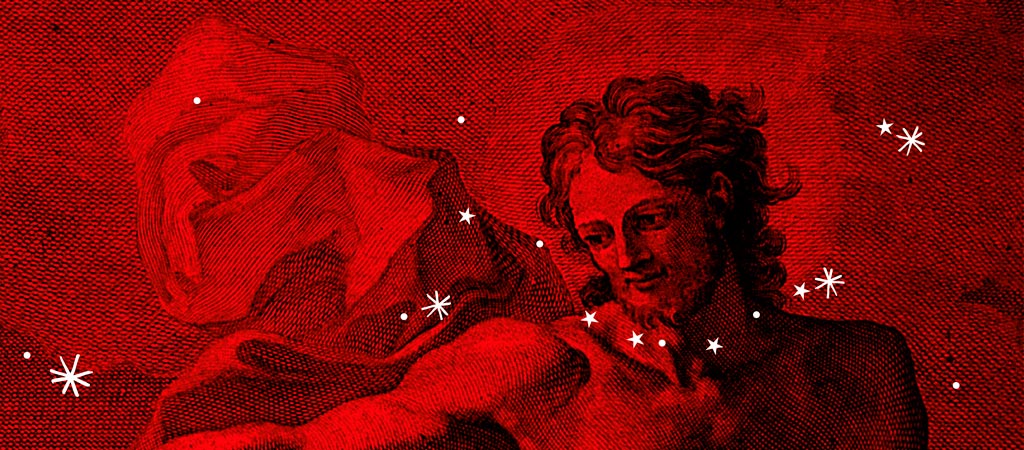Clearly in concert with an incredible visual intelligence, the musical aspect was just as convincing. The Banquet Céleste, specialised in the Baroque repertoire, shines brightly under the precise, ritenuto and ardent direction of its founder – Damien Guillon.
San Giovanni Battista
A. Stradella
Alessandro Stradella
SAN GIOVANNI BATTISTA
(1675)
Conductor Damien Guillon
Director Vincent Tavernier
Set designer Claire Niquet
Costume designer Erick Plaza-Cochet
Lighting designer Carlos Perez
Herodiade la Figlia Alicia Amo
Herodiade la Madre Gaia Petrone
San Giovanni Battista Paul-Antoine Bénos-Djian
Erode Olivier Déjean
consigliero Artavazd Sargsyan
Le Banquet céleste
Generously supported by La Spedidam
Co-production with Rennes Opéra and Angers Nantes Opéra
Very few composers left such a huge mark in their wake, and Stradella’s situation may seem contradictory if you remember that during the 19th century his work was still vastly unknown, despite the main character becoming a hero in several operas – including those of Friedrich von Flotow, Louis Niedermeyer and the young César Franck.
Performing Rome’s Baroque spirit
Through his work, Stradella is indeed the musician that best embodies Rome’s Baroque style – in the same way as Bernin and Borromini. Yet he was also at a crossroads between styles and eras, between opera theatre and sacred drama. His productions – namely John the Baptist – were a combination of the major Roman oratorio inherited by Carissimi and Venetian opera by Cavalli, a composer he honoured in Il novello Giasone when initiating a new version of his most famous opera piece. Stradella was also very close to the next generation of musicians such as Scarlatti and Handel. In his work, lyrical forms blossomed in a very new and dynamic way thanks to the development of new instrumental genres – and particularly the concerto grosso which he standardised for lack of having created it. Stradella’s vocal style and orchestral writing made his music stand out through its liveliness, expressiveness and profound humanity. Stradella’s work – in the same way as Caravage or Rembrandt’s – makes us feel like a human representation of the Baroque genre is on stage, performing the world surrounding him, namely that of papal Rome in John the Baptist.
His works
In 1675 on Passion Sunday, the San Giovanni Battista première was performed in the church of San Giovanni dei Fiorentini. Stradella’s oratorio was later played in Modena and Florence, and the guidelines included in Modena’s booklet imply it was indeed presented as a stage production.
The booklet for this St John Baptist was signed by a Sicilian vicar Ansaldo Ansaldi who contented himself with Gospel writings. The young girl is called Erodiade la figlia here, as opposed to Erodiade la madre.
The scene brings into play certain images originating from St John Baptist and Salome’s traditional iconography, and focuses on the four biblical characters as well as an adviser, Herod.
Although the piece had already known great success in 1675, it was only in 1949 that St John Baptist was exhumed from the libraries where the old sheet music lay. The story took place in Perugia and Salome was played by Maria Callas.
Alain Surrans


